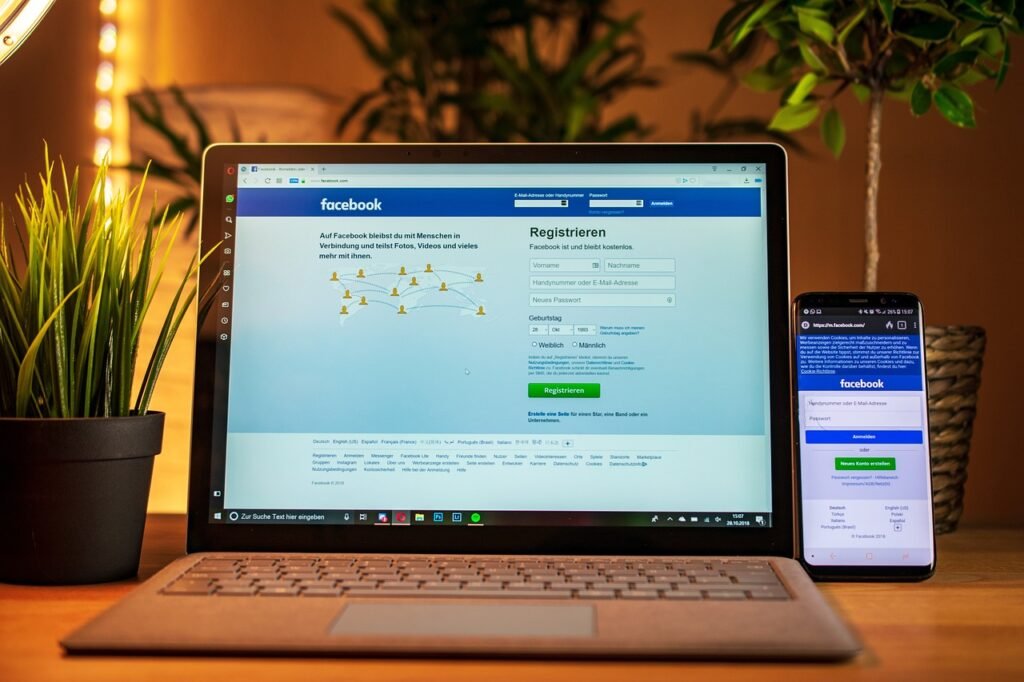Paid advertising has revolutionized how businesses attract customers, offering unparalleled opportunities to reach specific audiences and drive results quickly. Platforms like Google Ads and Facebook Ads dominate the digital marketing space, providing businesses of all sizes with the tools to maximize their return on investment (ROI). This article will explore the benefits of these platforms and share strategies for achieving optimal ROI from your paid ad campaigns.
Why Paid Advertising Matters
While organic strategies like SEO and content marketing are valuable, they often take time to yield results. Paid advertising fills this gap by providing immediate visibility and targeted reach, allowing businesses to:
- Increase Traffic Quickly: Ads place your brand in front of potential customers instantly.
- Target Specific Audiences: Use advanced targeting options based on demographics, behavior, and interests.
- Measure Performance Accurately: Track campaign success with detailed analytics.
- Scale Effortlessly: Adjust ad spend and reach as your business grows.
Google Ads: Dominating Search Results
Google Ads allows businesses to appear at the top of search engine results pages (SERPs), reaching users actively searching for their products or services.
Key Benefits of Google Ads:
- Intent-Driven Audience: Google Ads targets users who are already searching for your offerings, leading to higher-quality leads.
- Flexible Budgeting: You control how much you spend per day or per click.
- Measurable Results: Track impressions, clicks, conversions, and ROI in real-time.
- Diverse Ad Formats: Run search, display, shopping, and YouTube ads to reach users across different stages of the buyer’s journey.
Maximizing ROI with Google Ads:
- Target the Right Keywords: Use tools like Google Keyword Planner to find high-intent keywords with reasonable competition.
- Optimize Ad Copy: Write compelling headlines and descriptions that address user pain points and include strong calls-to-action (CTAs).
- Leverage Negative Keywords: Exclude irrelevant terms to avoid wasting ad spend on unqualified clicks.
- Use Ad Extensions: Add features like site links, phone numbers, and reviews to enhance visibility and credibility.
- Monitor and Adjust Campaigns: Continuously analyze performance and tweak bids, targeting, or copy for better results.

Facebook Ads: Building Connections and Awareness
Facebook Ads (including Instagram Ads) excels at targeting specific demographics and fostering brand engagement through visually appealing campaigns.
Key Benefits of Facebook Ads:
- Advanced Targeting Options: Reach users based on age, location, interests, behavior, and even past interactions with your business.
- Cost-Effectiveness: Facebook Ads often offer a lower cost-per-click (CPC) compared to Google Ads, especially for brand awareness campaigns.
- Diverse Ad Formats: Use image ads, video ads, carousels, and stories to capture attention.
- Retargeting Capabilities: Re-engage users who have visited your site or interacted with your brand.
- Wide Reach: With billions of active users, Facebook Ads can help you connect with a global audience.
Maximizing ROI with Facebook Ads:
- Set Clear Objectives: Use Facebook’s campaign objectives (e.g., traffic, conversions, lead generation) to align your strategy with your goals.
- Utilize Lookalike Audiences: Reach new users who share characteristics with your best customers.
- Create Engaging Visuals: High-quality images and videos that resonate with your audience can dramatically improve engagement and conversions.
- A/B Test Ads: Test different creatives, copy, and CTAs to find the most effective combination.
- Track Pixel Data: Install the Facebook Pixel on your website to track user behavior and improve ad targeting.
Comparing Google Ads and Facebook Ads
Both platforms offer unique advantages, but choosing the right one depends on your goals, audience, and budget.
| Feature | Google Ads | Facebook Ads |
|---|---|---|
| Audience Intent | High (users actively searching) | Moderate (users passively browsing) |
| Targeting Options | Keyword and location-based | Demographics, interests, behavior |
| Cost-Per-Click (CPC) | Higher (competitive keywords) | Lower (depending on niche) |
| Ad Formats | Search, display, shopping, YouTube | Images, videos, carousels, stories |
| Best For | Conversions, sales, high-intent leads | Awareness, engagement, retargeting |
Tips for Maximizing ROI Across Platforms
- Set Clear Goals: Define whether you’re aiming for traffic, leads, sales, or brand awareness. Each goal requires a tailored approach.
- Understand Your Audience: Know where your customers spend time online and what drives their decision-making.
- Invest in Retargeting: Retarget users who have shown interest in your business to increase conversion rates at a lower cost.
- Focus on Quality Over Quantity: It’s better to spend on targeted ads that convert rather than broadly targeted ads that don’t.
- Track Key Metrics: Use tools like Google Analytics or Facebook Ads Manager to monitor cost-per-click (CPC), click-through rate (CTR), and return on ad spend (ROAS).
- Continuously Optimize: Regularly review campaign performance, test new ideas, and refine your strategy for better results.
Conclusion: Harnessing the Power of Paid Ads
Paid advertising, when done strategically, can be a game-changer for businesses of any size. Platforms like Google Ads and Facebook Ads offer versatile tools to boost visibility, attract quality leads, and grow revenue. By understanding the strengths of each platform and following best practices to optimize your campaigns, you can maximize your ROI and take your business to new heights.
Invest in the right paid advertising strategy today, and watch as your business grows faster and smarter in the competitive digital landscape.

